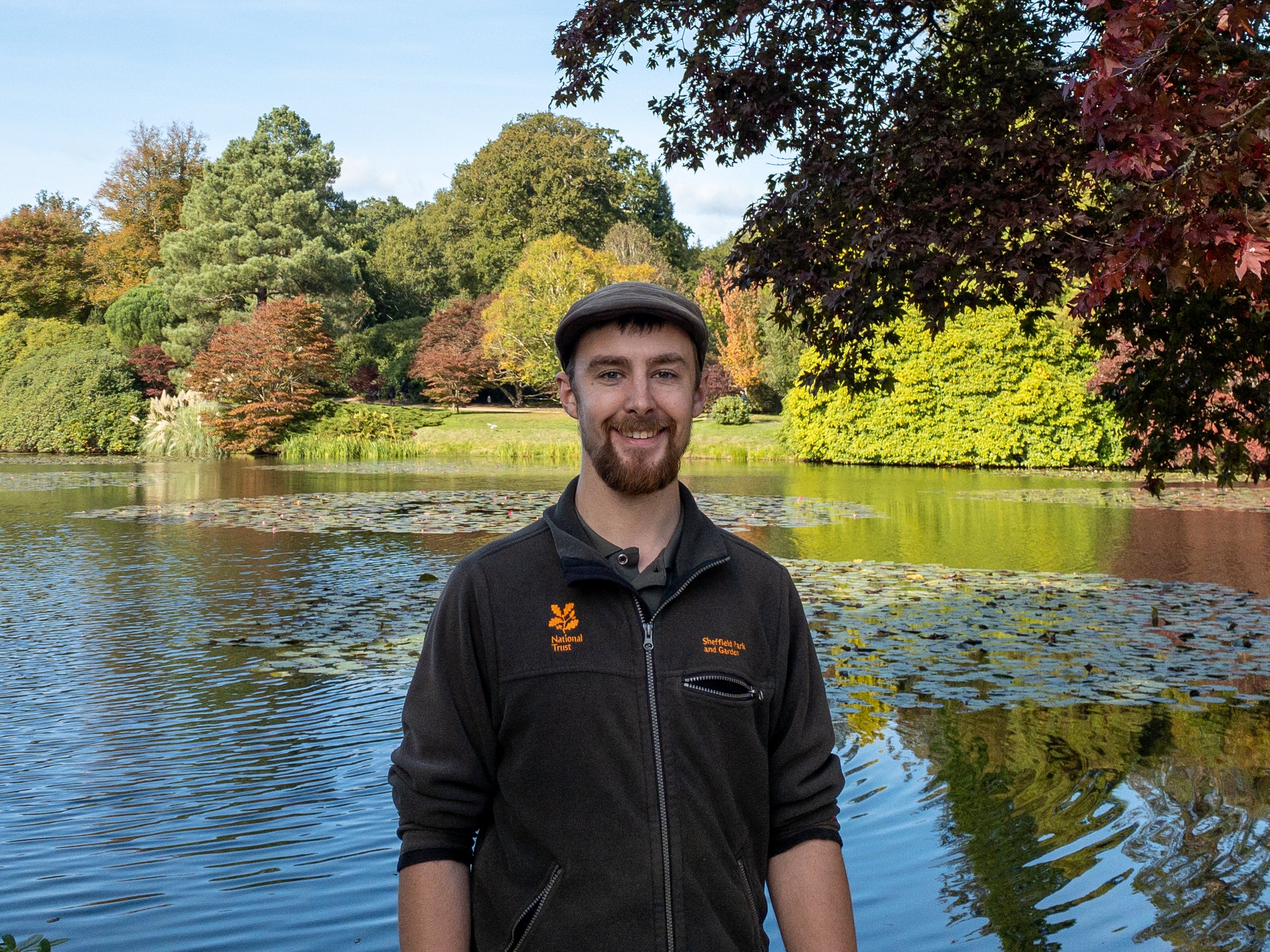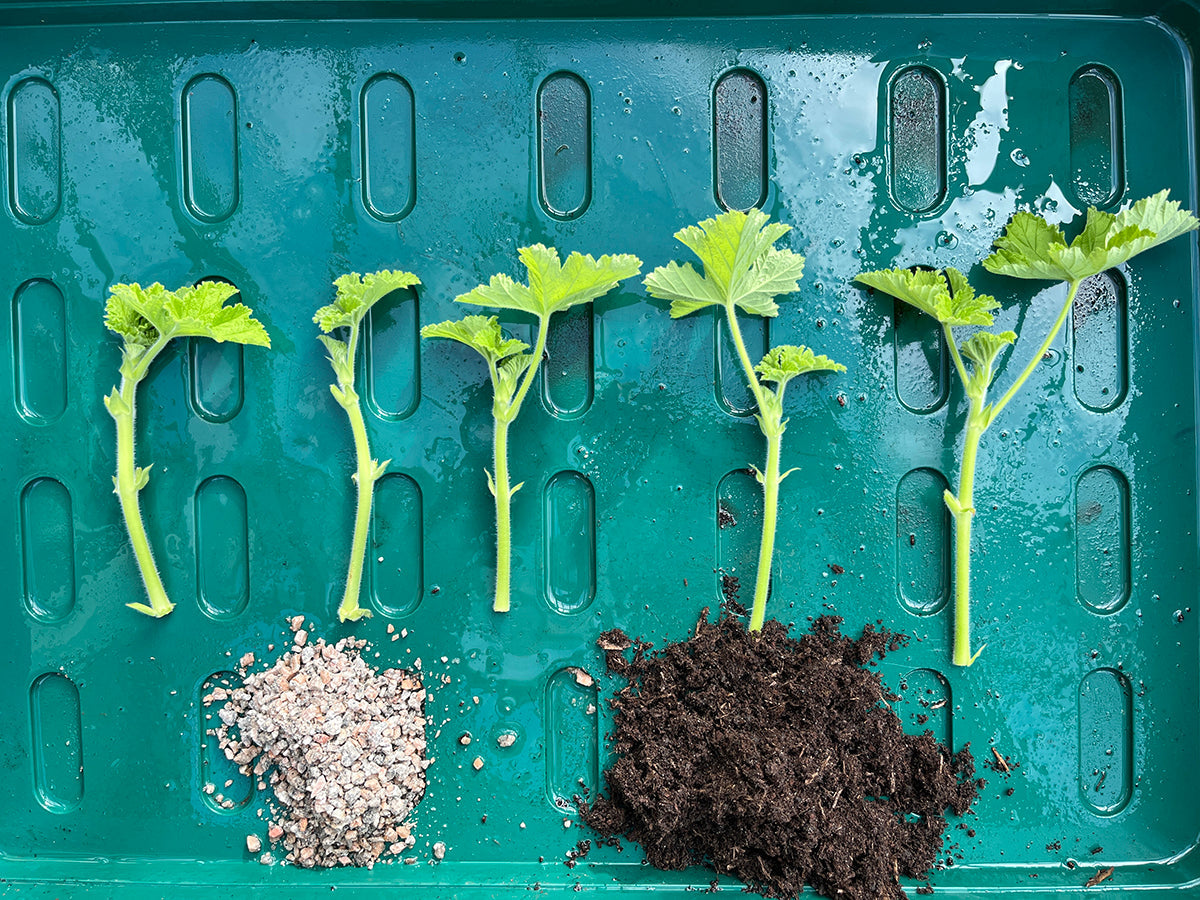Q&A with Christopher Skinner of Sheffield Park

What do you enjoy most about your job?
I just love my job, I've been doing it for 10 years, and I hope to be doing it for many more. I love plants - particularly trees, wildlife and being outdoors. We have a great garden team with the freedom to plan projects together and use and share our skills and experience freely - and we have fun too, which is very important for a happy workplace.
Do you have any favourite parts of the garden at Sheffield Park?
The view up to Pulham Falls is exquisite, it's like a piece of fine art with all the structure, form and texture of the planting, particularly the trees and shrubs. The reflections in the lake can be breath-taking, and I also love the way the garden shifts and changes through the seasons. There isn't a moment in the year when this garden will not amaze you
Tell us about some of the changes you've seen in the garden?
We’re in a period of change now, looking to the future of the garden. We are experimenting with leaving parts of the garden as wildflower areas, and we are restoring historic paths through underutilised areas of the garden. We are also looking to plant more blossoming trees such as crab apples and cherries for pollinators, birds and autumn colour, my favourite so far is the great white cherry, Prunus ‘Tai-haku'.
Do you have any planting combinations you can recommend?
Sheffield Park is an incredible example of the way conifers can enhance broadleaved tree collections. Even in a small garden dwarf cultivars of Abies, Picea or Pinus can enhance seasonal interest in container planting. I have a Pinus parviflora 'Negishi' that I've used to complement tulip displays, dropped amongst hybrid-tea roses, plus it looks fantastic underplanted with succulents.
Tell us about autumn at Sheffield Park?
The trees changing colour is one of nature’s unrivalled spectacles. The best autumns are short and intense: two weeks of blazing glory and that's it done. You need plenty of summer sun to increase sugar levels, rain to keep the leaves healthy and a dose of cold weather and frost in October for real magic. This is enhanced by our 20 acres of mirror lakes, which reflect the colour spectacle and is why we manage our waterlilies so carefully, making sure around a third of the surface is clear to allow ample reflection.
Which plants in your collection will suit smaller back gardens and container cultivation?
I’d recommend larger shrubs with good autumn colour such as Enkianthus campanulatus, and Fothergilla major, which as has fabulous bottle brush-like flowers in spring, Stewartia pseudocamellia – wonderful small camellia-like flowers and interesting patterned bark - and Euonymus alatus. As well as Japanese acers, trees such as Sorbus commixta 'Embley' and cherries and crab apples such as Prunus x hillieri ‘Spire' have the added bonus of fruit for winter bird species.











